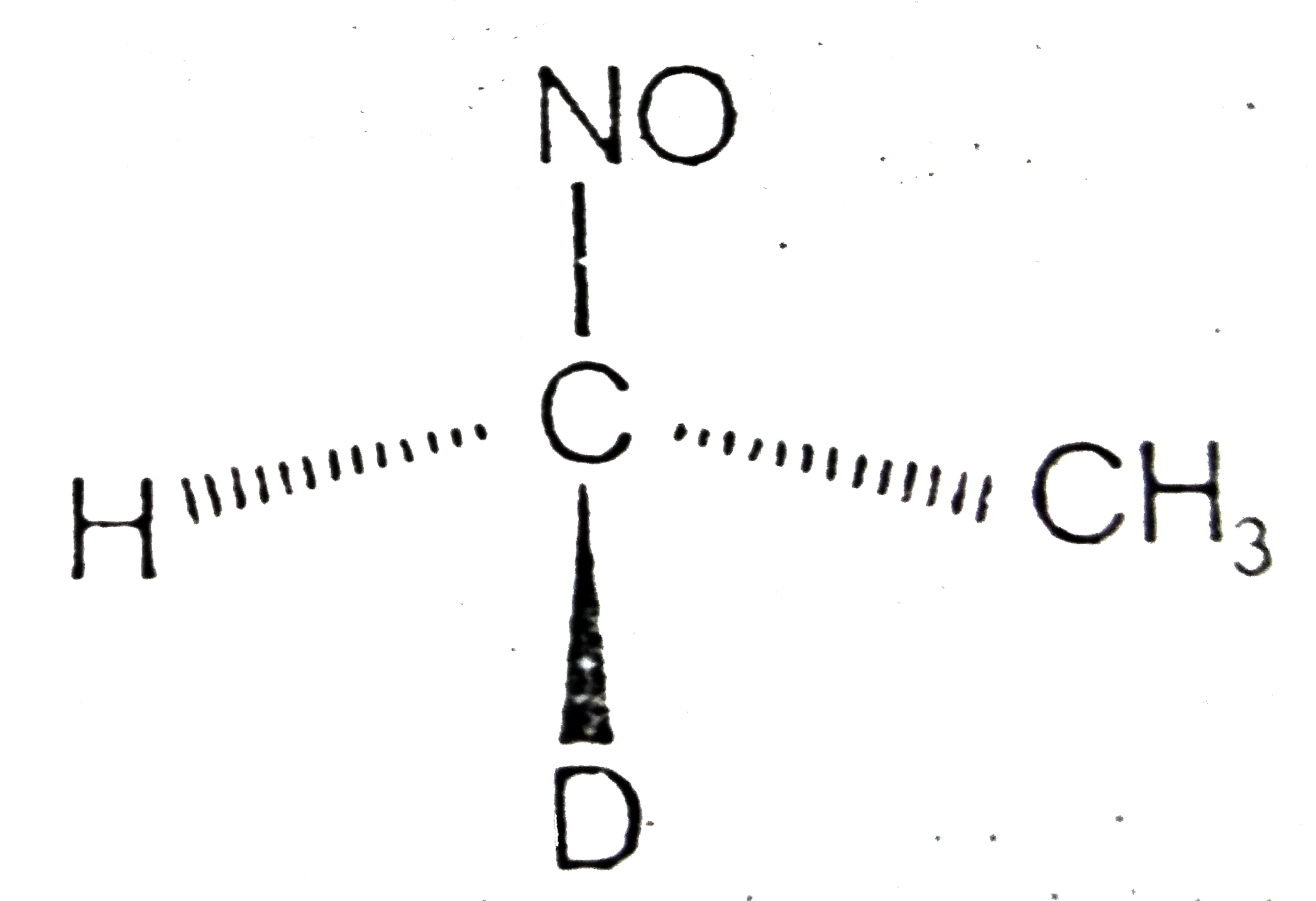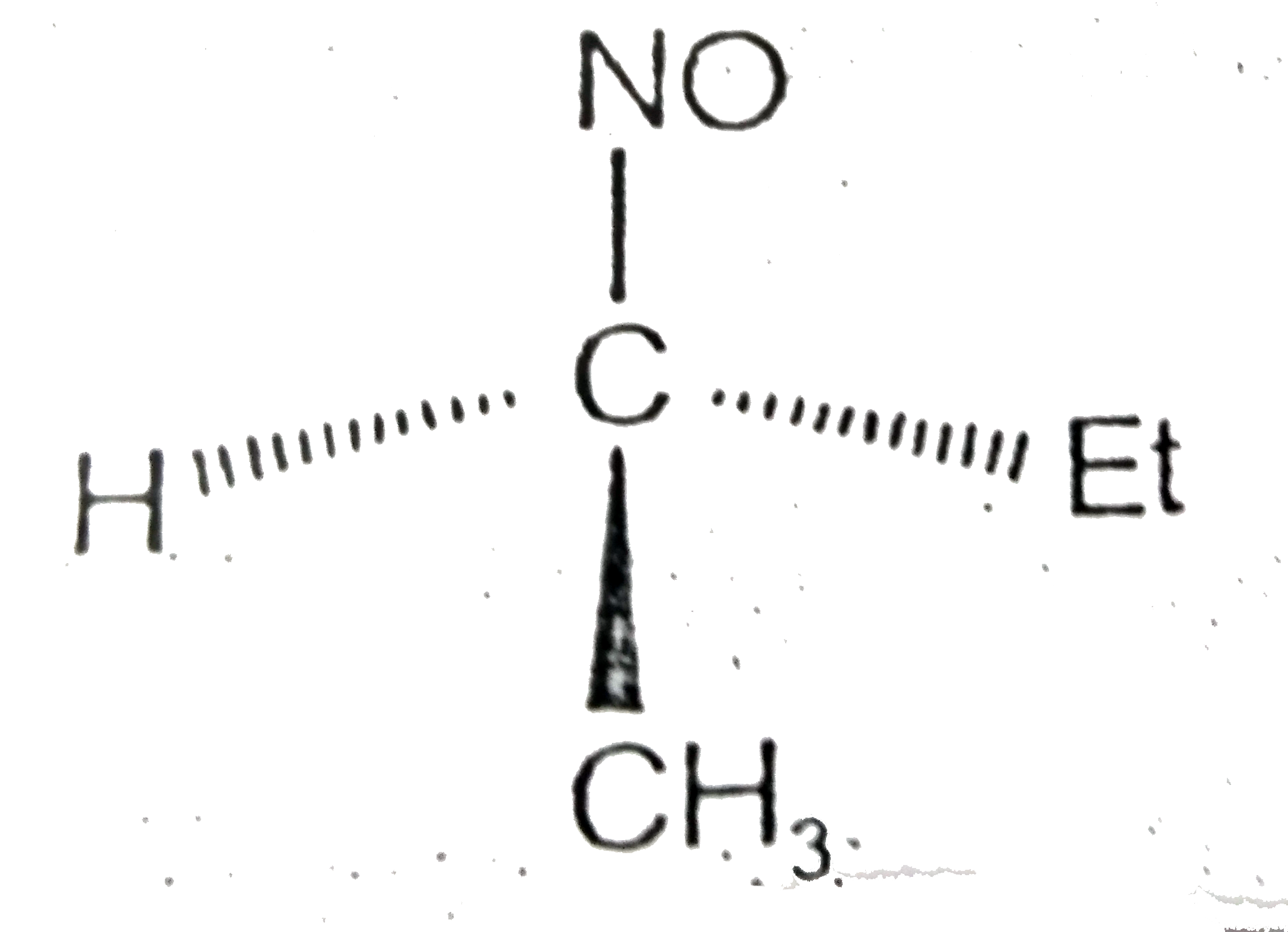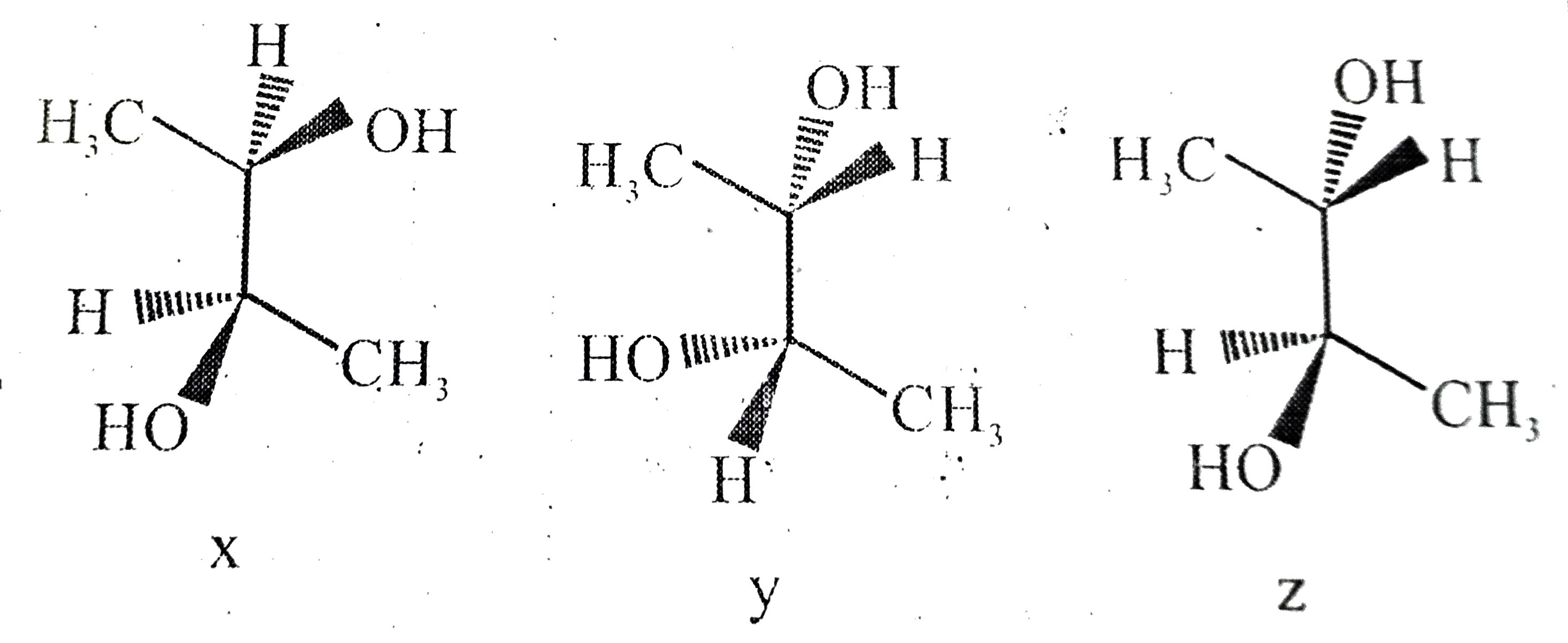Which of the following nitroso compound are in dynamic equilibrium with their tautomers ?




The correct Answer is:-1.2
To determine which of the given nitroso compounds are in dynamic equilibrium with their tautomers, we need to analyze each compound based on the presence of alpha hydrogen atoms. Tautomerism typically involves the migration of a hydrogen atom and a shift in the position of a double bond, leading to the formation of tautomers.
1. Understanding Tautomerism:
- Tautomerism is a chemical phenomenon where two or more structural isomers (tautomers) exist in dynamic equilibrium. This often involves the transfer of a hydrogen atom and a change in the position of a double bond.
2. Identifying Alpha Hydrogen:
- For a compound to exhibit tautomerism, it must have an alpha carbon (the carbon adjacent to the functional group) with at least one alpha hydrogen. This hydrogen is essential for the tautomeric shift.
3. Analyzing Each Compound:
- Compound A: CH3N=O (Nitroso compound)
- This compound has an alpha carbon (the carbon attached to the nitroso group) and possesses an alpha hydrogen. Therefore, it can undergo tautomerism.
- Compound B: CNO (Nitroso compound)
- Similar to Compound A, this compound has an alpha carbon and an alpha hydrogen, allowing for tautomerism.
- Compound C: (No alpha hydrogen present)
- This compound lacks an alpha hydrogen, which means it cannot undergo tautomerism.
- Compound D: (No alpha hydrogen present)
- Like Compound C, this compound also lacks an alpha hydrogen and cannot exhibit tautomerism.
4. Conclusion:
- The compounds that are in dynamic equilibrium with their tautomers are Compound A and Compound B. Both have alpha hydrogens and can participate in tautomeric shifts.
Final Answer:
The nitroso compounds that are in dynamic equilibrium with their tautomers are Compound A and Compound B.
- Tautomerism is a chemical phenomenon where two or more structural isomers (tautomers) exist in dynamic equilibrium. This often involves the transfer of a hydrogen atom and a change in the position of a double bond.
- For a compound to exhibit tautomerism, it must have an alpha carbon (the carbon adjacent to the functional group) with at least one alpha hydrogen. This hydrogen is essential for the tautomeric shift.
- Compound A: CH3N=O (Nitroso compound)
- This compound has an alpha carbon (the carbon attached to the nitroso group) and possesses an alpha hydrogen. Therefore, it can undergo tautomerism.
- Compound B: CNO (Nitroso compound)
- Similar to Compound A, this compound has an alpha carbon and an alpha hydrogen, allowing for tautomerism.
- Compound C: (No alpha hydrogen present)
- This compound lacks an alpha hydrogen, which means it cannot undergo tautomerism.
- Compound D: (No alpha hydrogen present)
- Like Compound C, this compound also lacks an alpha hydrogen and cannot exhibit tautomerism.
- The compounds that are in dynamic equilibrium with their tautomers are Compound A and Compound B. Both have alpha hydrogens and can participate in tautomeric shifts.
The nitroso compounds that are in dynamic equilibrium with their tautomers are Compound A and Compound B.
Topper's Solved these Questions
- HALOALKANES AND HALOARENES BOOK - AAKASH INSTITUTE ENGLISHCHAPTER - HALOALKANES AND HALOARENES EXERCISE - Assignment (Section - D) (Linked Comprehension Type Question )
8 Videos
- HALOALKANES AND HALOARENES BOOK - AAKASH INSTITUTE ENGLISHCHAPTER - HALOALKANES AND HALOARENES EXERCISE - Assignment (Section - E) ( Assertion - Reason type Questions )
7 Videos
- HALOALKANES AND HALOARENES BOOK - AAKASH INSTITUTE ENGLISHCHAPTER - HALOALKANES AND HALOARENES EXERCISE - Assignment (Section - B ) ( Objective Type Question(One option is correct ))
36 Videos
- GENERAL PRINCIPLES AND PROCESSES OF ISOLATION OF ELEMENTSBOOK - AAKASH INSTITUTE ENGLISHCHAPTER - GENERAL PRINCIPLES AND PROCESSES OF ISOLATION OF ELEMENTSEXERCISE - Try Yourself
33 Videos
- HYDROCARBONSBOOK - AAKASH INSTITUTE ENGLISHCHAPTER - HYDROCARBONSEXERCISE - Assignment(Section - C) (Previous Years Questions)
60 Videos
Similar Questions
Knowledge Check
Which of the following compounds is aspirin?
AMethyl salicylateBAcetyl salicylic acidCPhenyl salicylateDSalicylic acidWhich of the following compounds is achiral?
A B
B C
C D
D
Which of the following compounds are not linear?
A B
B C
C D
D


